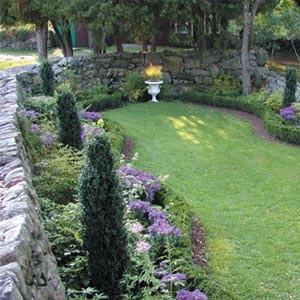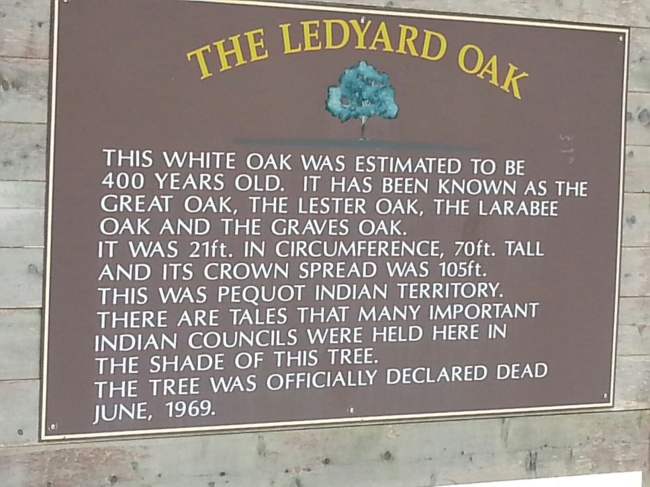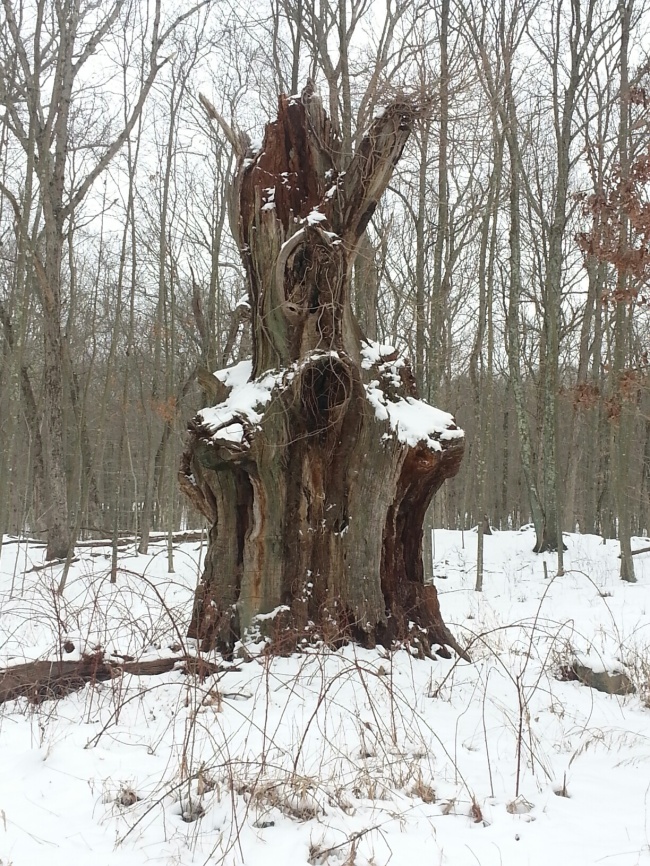That name may not ring a bell with most today, but Oliver Ellsworth was one of our nation’s founders, and an important one at that. His accomplishments included:
- As a Connecticut delegate to the 1787 Constitutional Convention in Philadelphia , he was among the select few who helped draft what became our nation’s basic governing document;
- He was Connecticut’s first United States Senator;
- And, he was the third Chief Justice of the United States.
There were two other things that were even more important than the public offices he held. He is credited, along with fellow Connecticut delegate Roger Sherman, with developing what became known as The Connecticut Compromise, or just The Great Compromise.
The word “compromise” may be anathema to certain true believers today, but that willingness to work together on a contentious issue decided the fate of the federal legislature, and it could be argued the country itself.
The agreement called for an upper legislative chamber, a senate that had two members from each state, regardless of size. Up to that point, there were serious disagreements between the large and small states. The effort to create a national government that could actually govern hung in the balance.
As if that weren’t enough, we can thank Ellsworth for the very name of our country. He authored an amendment that removed the word “national” and replaced it with “United States,” as in the United States of America.
The Georgian style structure in Windsor that Ellsworth called home has been expanded since it was built in 1740 and it was subject to major upgrades in more recent times by its present owners, the Connecticut Daughters of the American Revolution, which owns a number of historically significant properties in the state. The Ellsworth family home was built on land that had been in the family since 1664.
If you visit the home situated on 12 acres in the north central part of Connecticut, keep in mind that among many others who walked through the front door were two sitting U.S. Presidents, George Washington in 1789 and John Adams, a decade later in 1799. It was a measure of the respect our country’s earliest leaders held for this Connecticut native.
He called his small patch of Connecticut soil Elmwood and such was his patriotic fervor that he planted 13 elm trees there to symbolize the newly created 13 states. The trees haven’t survived, but the noble experiment in democracy that he championed lives on.
————————————————————————————-
The Ellsworth Homestead and Museum
778 Palisado Ave.
Windsor, CT 06095
860-688-8717
Open through Oct. 12
Fridays 12:00 Noon until 4:00 PM;
Saturdays 12:00 Noon until 4:00 PM;
Sundays 1:00 PM until 4:00 PM.
————————————————————————————








